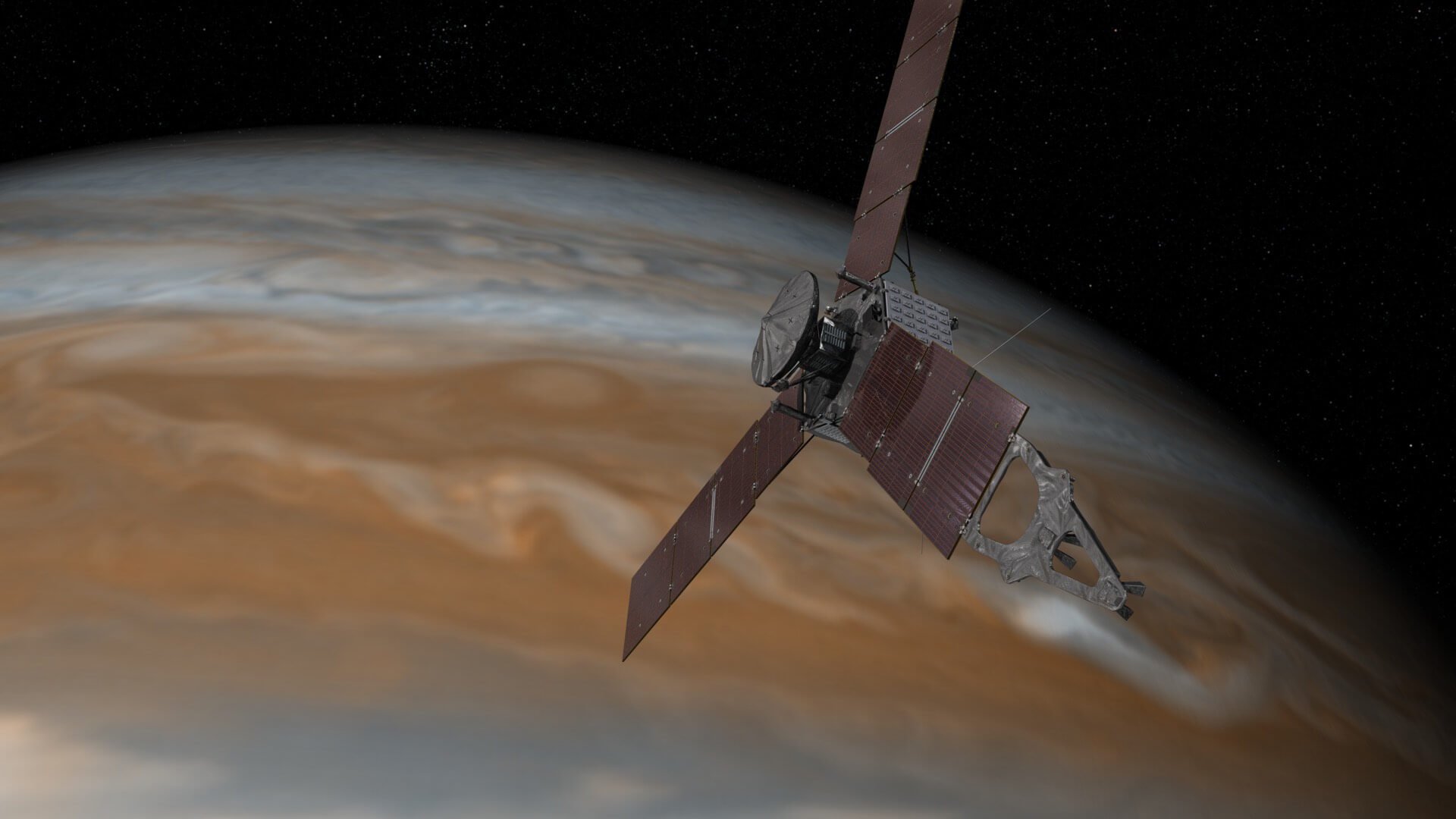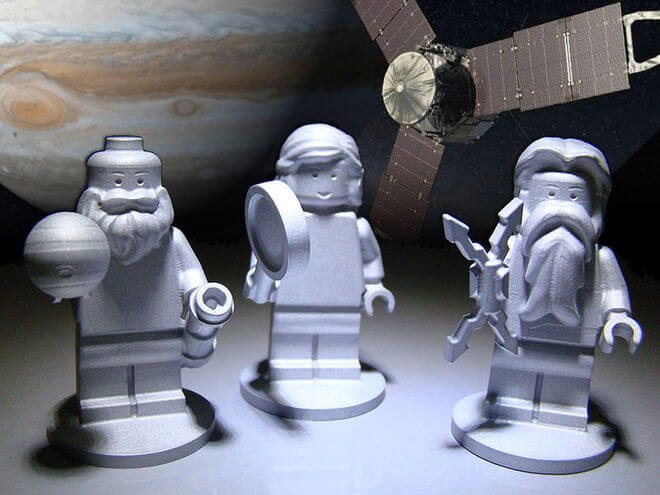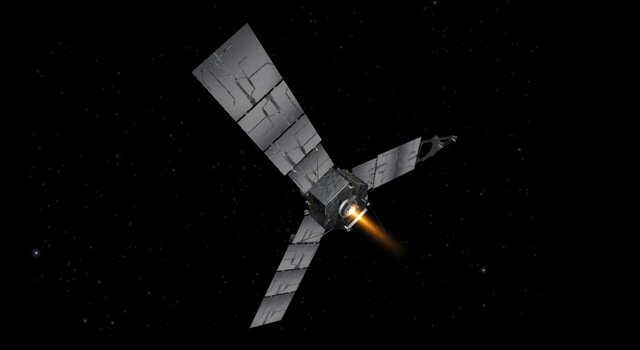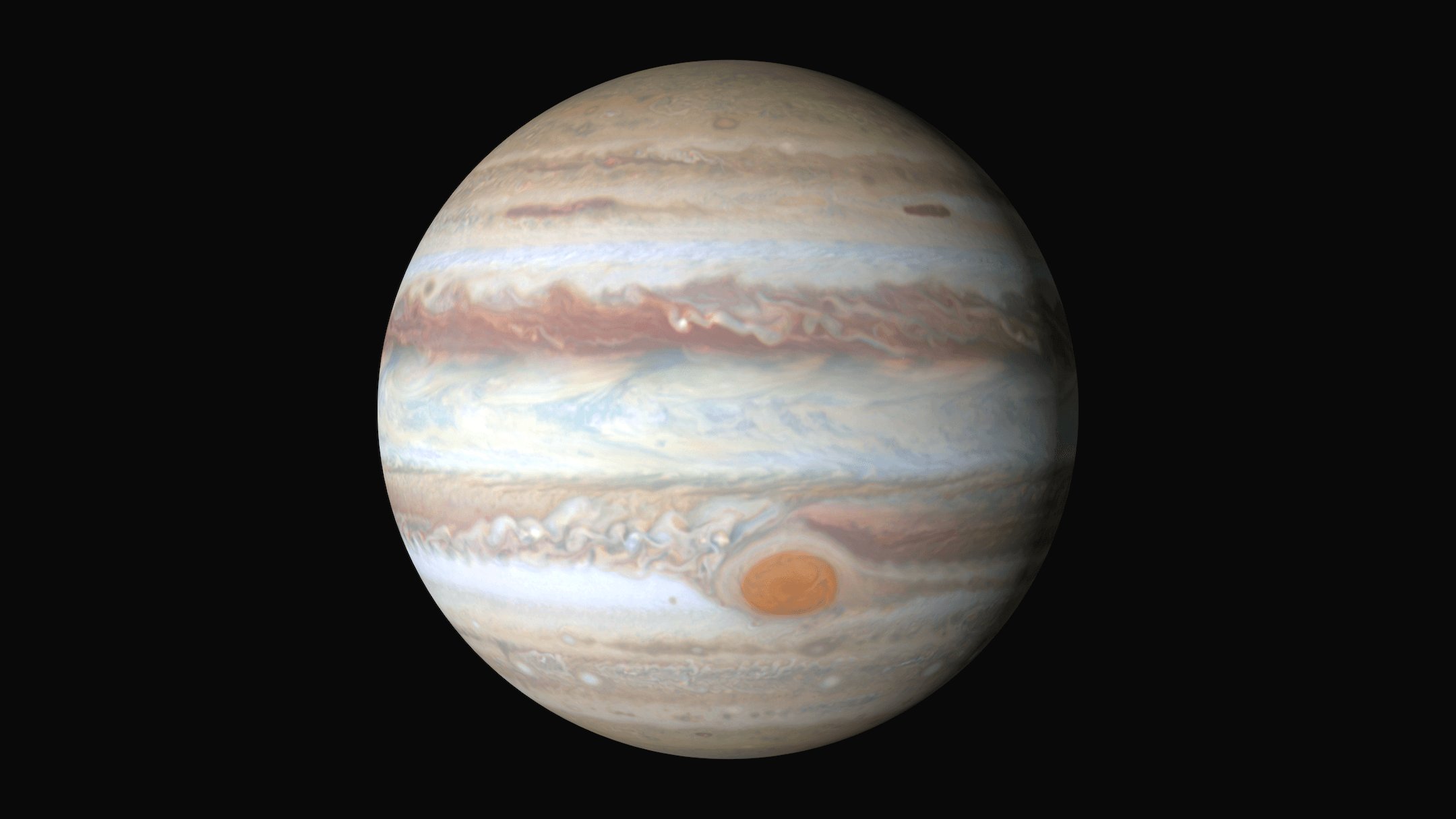A NASA spacecraft, aptly named Juno, reached Jupiter on Monday after a five-year voyage to begin exploring the king of the planets. The craft had to fire a rocket to slow down enough for it to get pulled into the giant planet’s gravitational pull.
The announcement of Juno’s entry into Jupiter’s orbit was met with a chorus of cheers in the Pasadena laboratory of NASA.

Here are 10 things you probably did not know about ‘Juno’ :
- Juno is the first fully solar-powered spacecraft to reach another planet. It’s also one of the fastest spacecrafts ever made.
- Named after Jupiter’s cloud-piercing wife in Roman mythology, Juno is only the second mission designed to spend time at Jupiter.The first mission to Jupiter was ‘Galileo’
- Three special LEGO figurines are also flying to Jupiter with Juno. The specially-constructed LEGO mini figures are of the Roman god Jupiter, his wife Juno, and “father of science” Galileo Galilei.

- Juno is about the size of a basketball court with 30-foot-long solar panels that power it.
- Juno will orbit the planet once every 53 days until October 14, when it will shift to a tighter 14-day orbit. It will spend a total of 20 months there.
- Once the mission is complete, Juno will be commanded to self-destruct itself by crashing into Jupiter’s atmosphere itself. It will never come back to Earth.
- The main computer inside Juno has about the same internal storage space as that on any standard laptop. (256 MB of flash drive memory and 128 MB DRAM)

- Jupiter’s radiation will massively affect Juno. In fact, by the end of its mission, Juno will be exposed to more than 100 million dental X rays’ worth of radiation.
- The total mission cost NASA US $1.13 billion, including the 78 months of research that went behind the launch.
- Juno is the first ever foreign object to invade Jupiter’s dense cloud-gas cover.
What difference will this mission make?
Jupiter, the fifth planet from the sun, is believed to be the first planet to have formed in the solar system and likely captured many elements and gasses left over from the formation of the star that became Earth’s sun.
But scientists believe that the planet was not formed in it’s current location, and a study of its interior atmosphere and formation may reveal how the Universe was created.


















